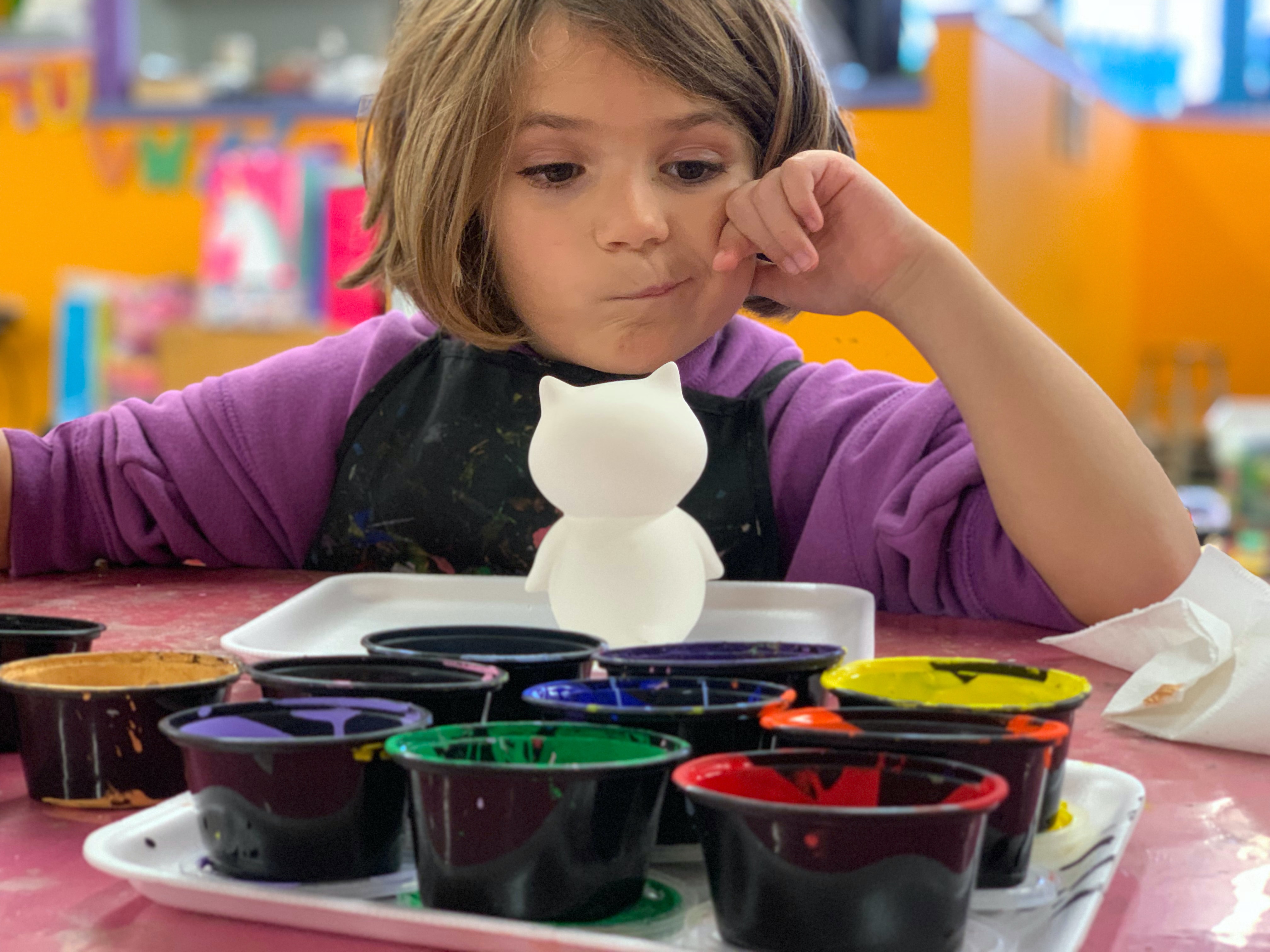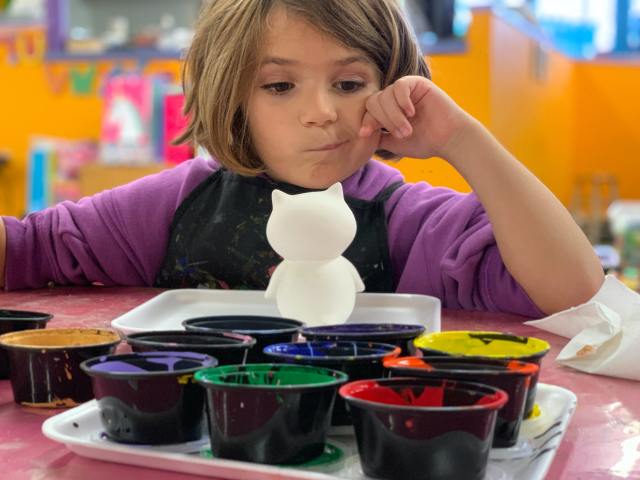
I’m a clinical psychologist. I’m also the mother of twelve-year-old twins, so the anxiety of back-to-school unknowns in this time of COVID-19 is hitting me both in my office and my home—which has been located under the same roof for months. When my patients connect with me remotely, they ask me the same question I’ve been asking myself: With all of the stress and uncertainty that the pandemic is causing about starting school, how can I sort it out and make the best decision for my children, and for our family? Parents everywhere concur that the options are far from ideal and for many, they are also guilt-inducing on so many levels. The truth is there are no easy answers in this situation. We have to work with the information we have moment-to-moment and make the best decisions we can.
The Road to Stress is Sometimes Paved with the Best Intentions
There are more than 80 million American families out there struggling with how to best manage the looming back-to-school questions. Lots of parents are conflicted by what to do about their children going back to school or college. There’s got to be an answer for us, given the common stresses we’re all feeling about the school bell ringing.
The stressors—the constantly changing plans of school calendars and classroom logistics; the adherence to public health protocols; the risk of viral exposure to our children; the effects of months of social isolation and distance learning; and, for some, the stigma of having been sick with COVID or lost loved ones to the virus—have stacked up so high they feel like they’re eclipsing the light of day we need to make clear and confident choices.
In the past, I would talk with patients about moving stressors to the horizon, but COVID feels different, because it’s so present, all around us in our communities and in the media, that we can’t see the horizon. Thus, our approach to working through the stressors needs to be different, too. Psychologically, we’re up against uncertainty. The fear that at the end of the day, nobody knows what will happen. So what can parents do to cope through the moments?
5 Tools for Coping Through the Moments
1. Develop your own relaxation response: Come up with a word or phrase that is soothing to you—water, wind, your child’s smile. Focus on it as you breathe in and out for up to 10 minutes in the morning and again later in the day. Ten minutes sounds like a long time for us parents. Start with one or two minutes, then work up to longer. You’ll build a foundation for what it’s like to be in a stress-managed space, so when you do face a stressor, you can manage it proactively to prevent it from spiking.
2. Move forward: Harder than it sounds, I’m sure, but it’s vital to get to a place where you feel like you can put one foot in front of the other towards your goal of making a decision. Our minds are wired to go to the negative more easily than the positive, but there’s a technique to overcome this. At the end of the day, jot down three-to-five things that went well today. Consciously focusing on the good things will help give you the balance you need to take the first steps forward. Finally, focus on what you can control and what you can do instead of what you can’t.
3. Create a plan: The absence of normal routines and calendars during the pandemic has caused people to feel dislocated from the foundations that ground their lives. Consider all the options presented to you by your child’s school, your employer, and the other cornerstones in your life. Chart a plan with actions, dates, and outcomes for the various options. The act of consciously working out pathways to the future will give you a sense of preparation to help guide your ultimate decision.
4. Understand that things will change: The circumstances of the pandemic are so fluid that it’s impossible to hold a school or any other institution to their best intentions — they’re trying to fly the plane while they’re building it. So, knowing that things will change, consider how pieces from the plans you created (#3) will help you feel ready for whatever is thrown at you. Create a plan A, then a plan B and C. The final version will be somewhere in between all three.
5. Talk to peers—then go with your gut: The other people in your situation are likely facing the same stressors and ambiguities and walking the tightrope of their own decisions. Sharing your thoughts will enable you to articulate your instincts, and receive the feedback and views of people who know you and can be honest about your concerns. Listen to what’s working for them, but in the end, make the decision that’s best for you and your unique situation. And remember there are no easy answers in this scenario. Doing your best is the best you can do.
In the weeks between now and the start of school, practicing these techniques can help you move out of the paralysis of not knowing what to do and making the best decision you can in your situation. Keep in mind that it won’t be ideal, but if you can do your best to consider all of the options presented to you, then you’ve served yourself and your children well. And you won’t be alone. I’ll be trying to do the same.
